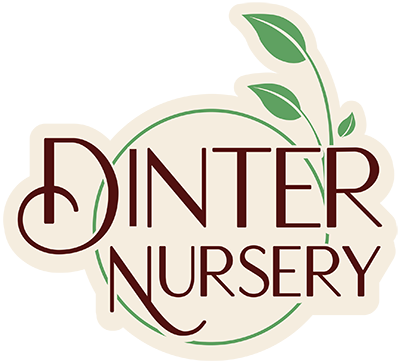Growing a Healthy Hedge
All you need to know to make the best decision about what hedge will work best for you.
Things To Consider When Choosing a Hedging Option
Deer: It is best to be realistic when it comes to deer pressure your hedge will be susceptible to. The most deer resistant hedging option is Leyland Cypress.
Sunlight: If you have more than six hours of sun that is great. If you have 6 hours or less of sun your traditional hedging options become limited to English laurel or Yew.
Water: All hedging requires supplemental summer water until established. Most hedging will not tolerate soil that is water-logged in the winter. Excelsa Cedars are the best option for soils that are moist in the winter. Leyland Cypress are the most drought tolerant traditional hedging option but they will not tolerate soil that does not drain well in the winter months.
Maintenance: All hedging requires annual pruning. Some vigorous hedging such as Leyland Cypress and Excelsa Cedars benefit from pruning twice per year. Emerald Cedars are the exception to this, and stay narrow without annual pruning
Commonly Asked Questions
How many plants do I need and how far apart should I plant them?
For our hedging ideal planting width is 3 - 6’ apart depending on the species. The planting density ultimately depends on budget, desired longevity of hedge, and how much privacy is a priority.
All hedging will do best when planted the recommended maximum width apart for that variety because each individual plant will have the least competition for resources like water and nutrients. Realistically planting this way is the most cost effective, but requires the most amount of time for the hedge to provide the most privacy.
How much supplemental water does my hedge need until it is established?
Ideally drip irrigation is installed at the base of each plant and each hedging plant is watered for 20 - 40 minutes three times per week. It is important to note that the best way to know if a plant requires water is by feeling the soil. If the top 2-3 inches of the soil is dry your plant needs watering.
When is the best time to prune my hedge?
The best time to prune a hedge is in the fall. Pruning in the fall will not encourage the plant to respond with growth. Pruning in the spring will do the opposite and encourage the hedge to respond with vigorous growth. It is also important to note that many birds are nesting in hedges during spring months.
How do I plant my hedge and amend the soil?
Thoroughly water plants before transplanting.
Dig hole 1-2 times larger than the root ball
Remove debris from soil and amend your soil with 30% to 50% Nurseryland Fish Soil or Nurseryland Top Soil.
Mix in Nurseryland Bonemeal and/or Osmocote 19-5-8.
Place soil mix in hole so top of root ball is level with grade. Firm soil so root ball will not settle deeper.
Use left-over soil to create a rim around planting hole to hold puddle of water over root ball.
Water deeply and on a regular basis to keep soil moist, frequency depends on the season.
Should I fertilize my hedge annually?
Your hedge will be removing more nutrients from the soil than the soil is naturally able to replace so it is ideal to apply Osmocote 19-5-8 in the spring or mulch around the base of the hedge with compost or organic matter.
Are there other more ornamental hedging options? There are many plants that can be used as a hedge. Some less commonly used, but equally effective hedging options are:
California lilac (Ceanothus ‘Victoria’)
Forsythia
Japanese holly (Ilex crenata)
Holly Osmanthus (Osmanthus heterophyllus ‘Goshiki’)
Photinia
Firethorn (Pyracantha sp.)
Spirea (Spiraea)
What are the most commonly planted and easy to grow hedging options?
Leyland Cypress
Excelsa Cedar
Emerald Cedar
English Laurel
Portuguese Laurel
Boxwood
Yew
Use this flowchart to decide what is the best hedging option for you.

